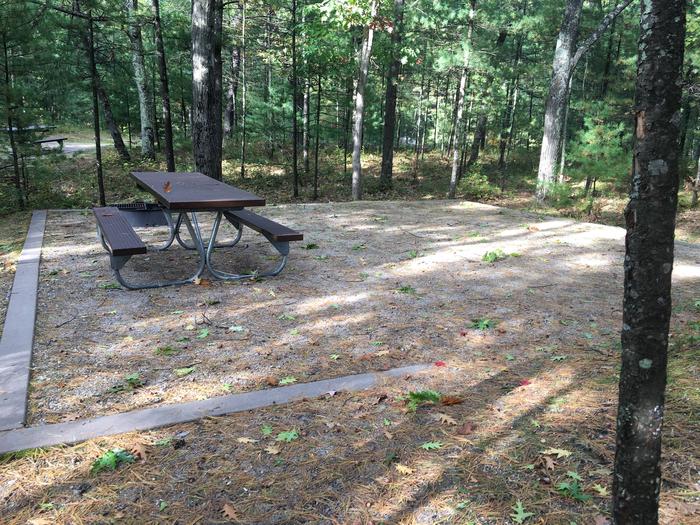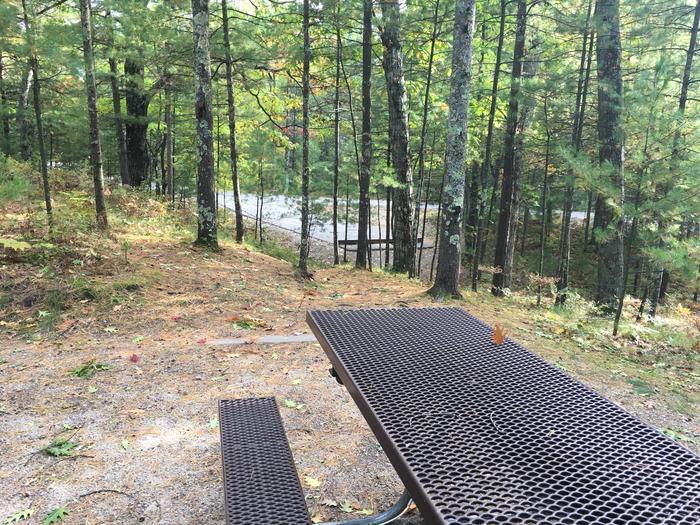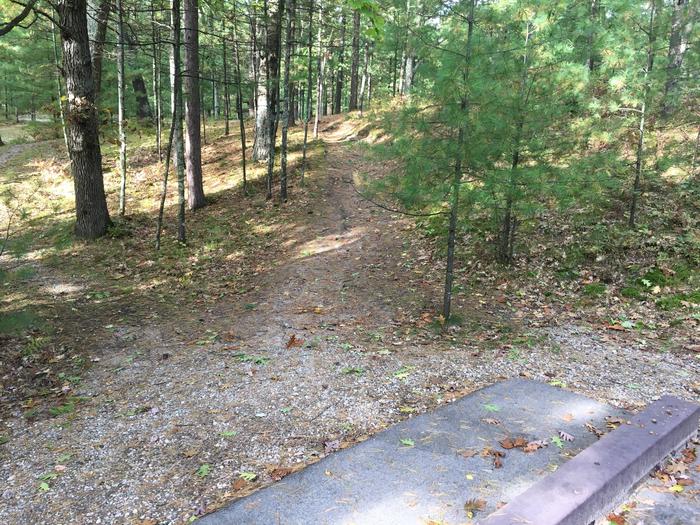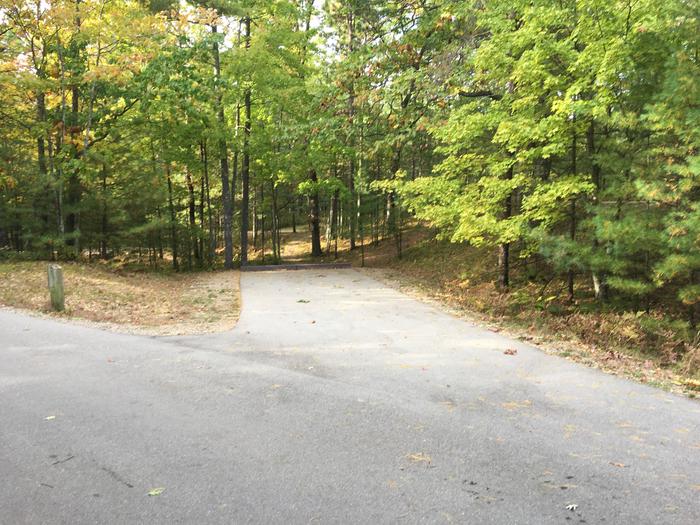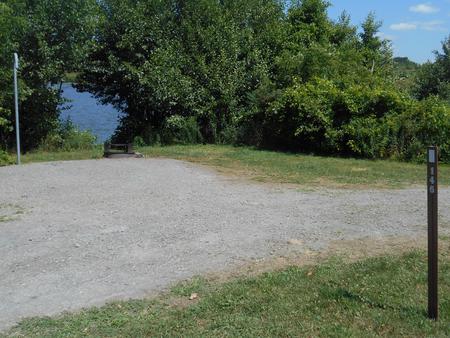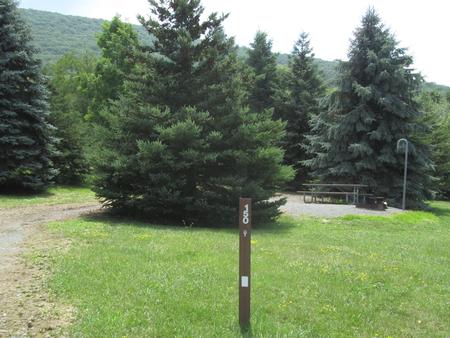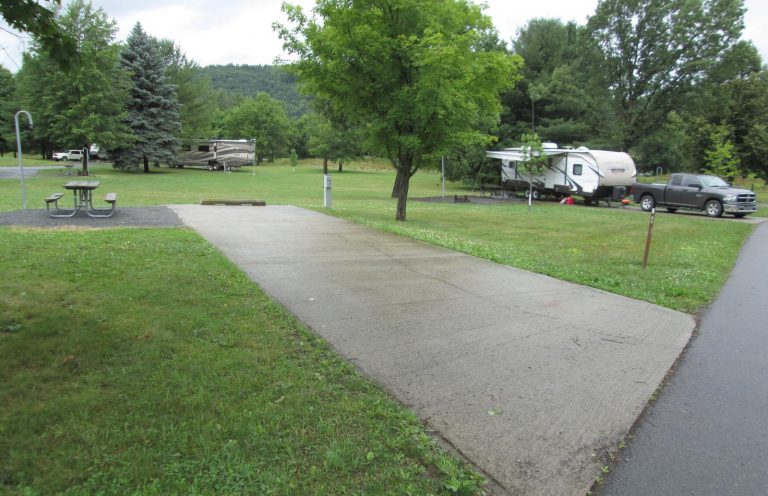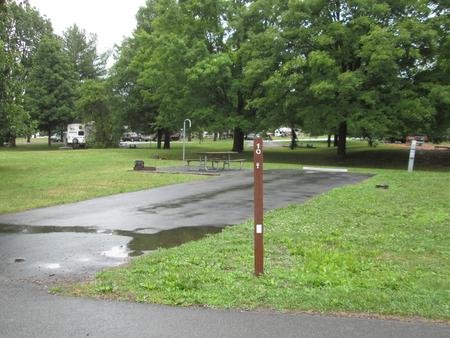Directions
Tensas River National Wildlife Refuge is located in three parishes of northeast Louisiana. The visitor center and headquarters are approximately 60 miles east of Monroe, Louisiana, and 35 miles west of Vicksburg, Mississippi. To reach the visitor center and headquarters heading eastbound on I-20: Exit at Waverly (exit 157). Make a left onto Hwy 577. After approximately 1Ñ -2 miles, make a right onto Hwy 80 heading eastbound towards Tallulah. Drive approximately 8 miles and make a right onto Fred Morgan, Sr. Road. Drive the approximately 6 miles of gravel road and 4.5 miles of paved road. The visitor center and headquarters is on the left. To reach the visitor center and headquarters heading westbound on I-20: Exit at Tallulah (exit 171). Make a right onto Hwy 65 and drive approximately 2 miles in Tallulah. Make a left between the court house and Popeye’s onto Hwy 80 (westbound). Drive approximately 7-8 miles on Hwy 80 and make a left onto Fred Morgan, Sr. Road. Follow the remaining directions above.
Phone
318-574-2664
Activities
BOATING, INTERPRETIVE PROGRAMS, FISHING, HIKING, HUNTING, VISITOR CENTER, WILDLIFE VIEWING
Camping Reservations
Reserve your campsite at these camping areas:
Hiking Trails
Looking for nice hiking areas to take a hike? Choose from these scenic hiking trails:
Related Link(s)
More Louisiana Recreation Areas
The Tensas River National Wildlife Refuge was established through Public Law 96-285 on June 28, 1980 to preserve one of the largest privately owned tracts of bottomland hardwoods remaining in the Mississippi Delta. The bottomland hardwood forest contains a diversity of plant and animal species. Over 400 species of mammals, birds, reptiles, amphibians, and fish can be found on the refuge. The refuge consists of nearly 70,000 acres of bottomland hardwoods and oxbow lakes. This type of habitat once covered 25 million acres of the Mississippi Alluvial Valley. Resting and feeding habitat for thousands of migrating and wintering waterfowl are provided by the refuge. The state’s largest population of the federally-listed threatened Louisiana black bear is found on the refuge. The last citing of the ivory-billed woodpecker, which is thought to be extinct by most scientists, occurred in the 1940’s adjacent to what is now the Tensas River National Wildlife Refuge.

